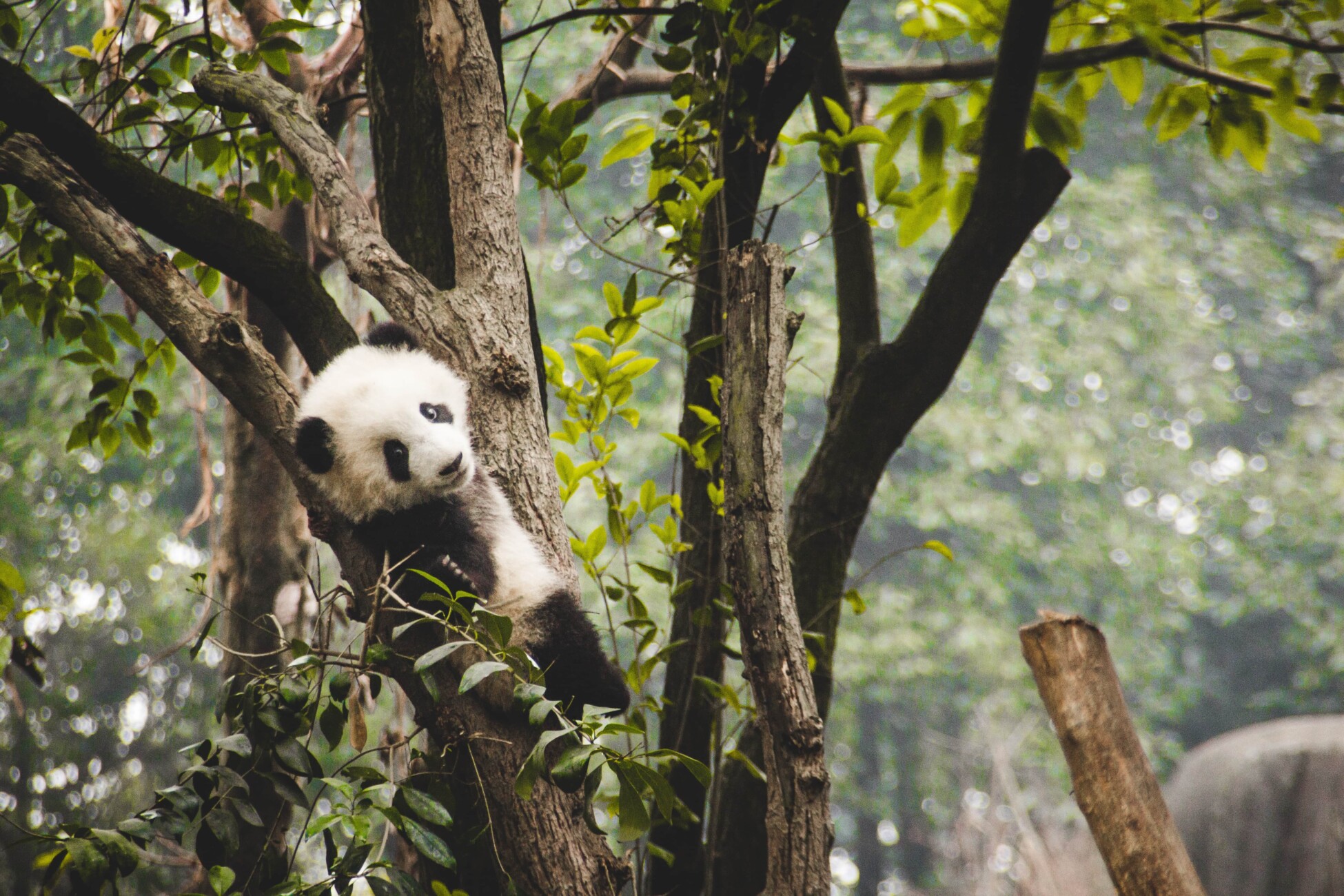
Zoology
Zoology is the scientific study of animals, encompassing topics related to the biology, behaviour, structure, evolution, classification, and distribution of animals.
Zoology is the scientific study of animals, encompassing topics related to the biology,... View more
Endangered Species Models Fall Short Without Human Activity Consideration
-
Endangered Species Models Fall Short Without Human Activity Consideration
Researchers at Michigan State University have highlighted a significant oversight in conservation models: the underrepresentation of human influence.
Despite the undeniable impact of human activities on the natural world, current models used to predict and plan for the trajectories of endangered species seldom account for the human footprint.
This revelation, published in the journal Nature Ecology & Evolution, calls for a paradigm shift in how we approach conservation science.
The Elephant in the Room: Human Impact

(Photo : Sean Gallup/Getty Images) Conservation models, known as species distribution models (SDMs), are crucial tools for predicting the future habitats of species.
They consider various environmental factors like climate and natural habitat. However, the study led by Ph.D. candidate Veronica Frans and her advisor Jianguo “Jack” Liu, found that only 11% of the reviewed studies included human activities as a factor.
This discrepancy poses a risk of false optimism regarding the effects of human activities compared to climate change.
A New Reality in Conservation Modeling
The study analyzed over 12,854 published studies covering more than 58,000 species worldwide.
The findings were alarming: nearly half of the articles projecting future climates held human predictors constant over time.
This assumption that human pressures will not change is unrealistic in our human-dominated era.
The researchers argue that to create accurate visions for endangered species, models must incorporate the ever-changing and diversifying human-species interactions.
The Gap in Research
The research uncovers decades-long gaps in conservation studies, emphasizing the need for updated models that reflect our current reality.
The study proposes a new way of creating accurate predictions for endangered species, urging the scientific community to include human activities in their models.
Also Read: Researchers Find ‘Center of the Center of Biodiversity’ in the Philippines
A Call for Change
The study serves as a call to action for ecologists, conservation biologists, and policymakers.
By integrating human influence into SDMs, we can better inform conservation strategies, policy planning, and management decisions.
The authors present 15 questions to advance ecological theory and methods, aiming to improve real-world applications and outcomes.
Why is this research important for the future of biodiversity?
The research emphasizing the importance of including human factors in biodiversity conservation is crucial for several reasons:
Comprehensive Understanding:
It provides a more comprehensive understanding of the threats to biodiversity. By acknowledging human impact, we can create more accurate models that reflect the real-world scenarios species face.
Informed Decision-Making:
Policymakers and conservationists can make better-informed decisions when human activities are considered. This leads to more effective conservation strategies that can address the root causes of biodiversity loss.
Predictive Accuracy:Including human factors in models improves the predictive accuracy of species’ responses to environmental changes. This is vital for planning conservation efforts in the face of rapid global changes.
Resource Allocation:
Understanding human impact helps in the efficient allocation of resources. Conservation efforts can be directed where they are most needed, avoiding wasted efforts in areas less affected by human activity.
Climate Change Mitigation:
Biodiversity is a key player in climate regulation. Protecting diverse ecosystems helps in mitigating climate change, which in turn preserves biodiversity-a beneficial cycle that is reinforced by considering human factors
Ecosystem Services:
Biodiversity underpins ecosystem services that are crucial for human survival, such as clean water, air, and food. By incorporating human impact, we ensure these services are maintained for future generations.
In summary, this research is important because it calls for a shift in how we approach conservation, urging us to include the significant variable of human influence.
This is essential for the future of biodiversity and the continued provision of ecosystem services that are vital for human well-being.
The study from Michigan State University is a wake-up call to the conservation world. It highlights the urgent need to reconsider how we model the future of species on our planet.
As human influence continues to shape the natural world, it is imperative that our tools for predicting and protecting biodiversity evolve to include the most significant variable of all: us.
Related article: Human Activities Had Encouraging Effect On Biodiversity Through Modification Of Specific Ecosystem, Study Says
© 2024 NatureWorldNews.com All rights reserved. Do not reproduce without permission.
Sorry, there were no replies found.
Log in to reply.
